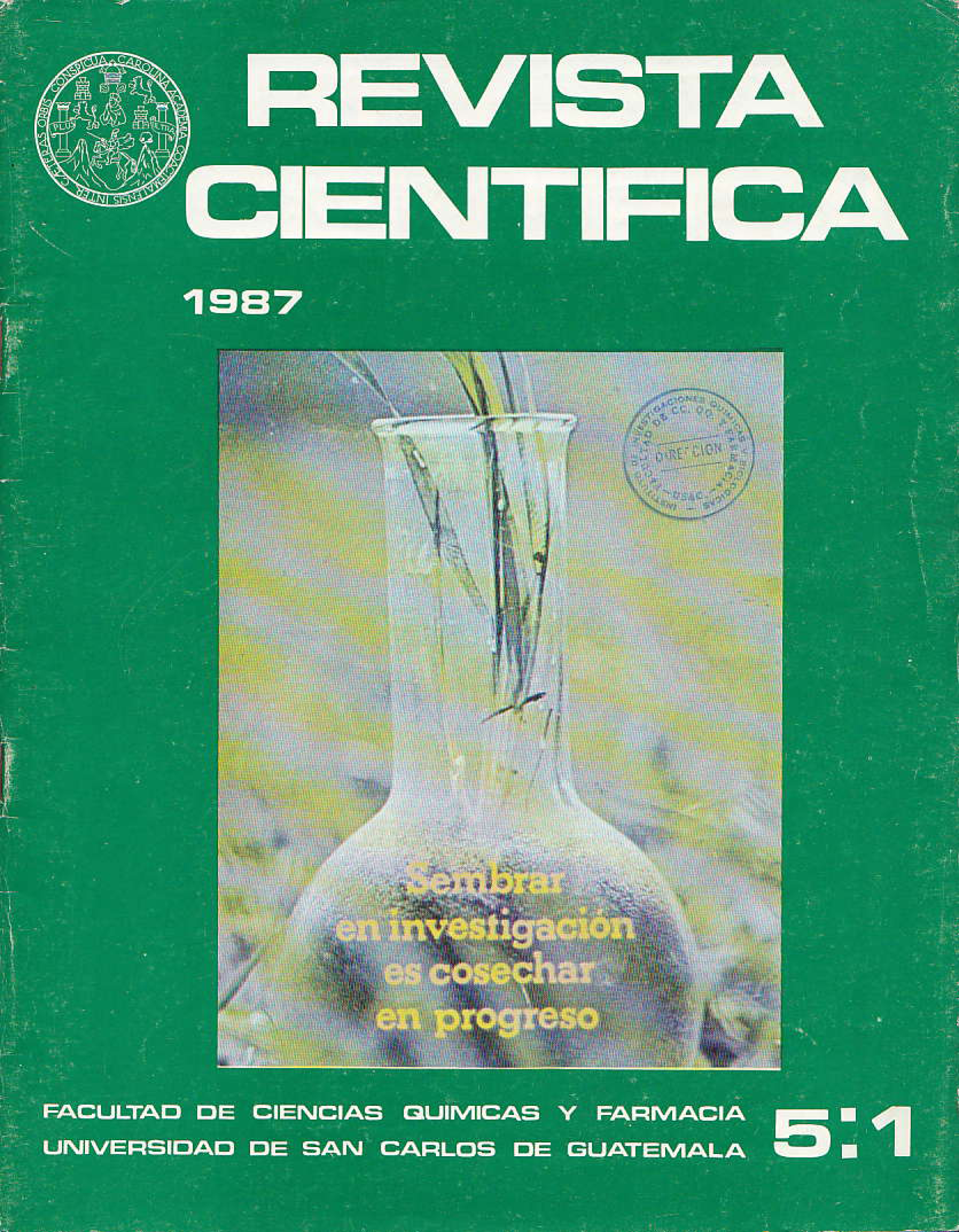Recycling of burned lubricating oil by acid-clay treatment, for use at industrial level and in internal combustion engines
DOI:
https://doi.org/10.54495/Rev.Cientifica.v5i1.451Keywords:
recycling, burned lubricating oil, acid-clay treatment, industrial level, internal combustion enginesAbstract
This work covered the following aspects: 1.1 Study of the fundamentals of recycling burned lubricating oils using acid-clay treatment. 1.2 Removal of water from burned oil using simple vacuum distillation. 1.3 Recycling of burned lubricating oil by treatment with 98% sulfuric acid. (1) (2) 1.4 Filtration of this oil through different clay concentrations (8%, 10%, and 12% relative to the volume of oil to be filtered). (3) 1.5 Determination of the physicochemical properties of both the lubricating oil obtained after distillation and the oils obtained after filtration with varying clay percentages. 1.6 The following were determined: density, acidity, viscosity, sulfated ash, and moisture. (4) (5) 1.7 The efficiency of each stage of recycling burned lubricating oil was also calculated. This work was conducted to determine whether it is feasible to recycle burned lubricating oil for reuse at the industrial level or in internal combustion engines. The results demonstrated, with 95% certainty, that there was an improvement in the physicochemical properties after the recycling treatment. Through statistical analysis, we can determine that the improvement was determined to a greater extent when 12% of clay was used to filter the oil.
Downloads
References
Bogomolov Al. et al, Química del Petróleo y del Gas. Steinberg kG, trad. URSS. "Mir", 1984. 408p.
Luján JE., Reciclaje del Aceite Lubricante Quemado de Vehículos Automotores, por Tratamiento Acido-Base. Guatemala: Universidad de San Carlos, (Examen General de Integración, Facultad de Ciencias Químicas y Farmacia), 1985. 56p.
Instituto Mexicano del Petróleo, Proceso Relub. México, D.F. IMP, Doc. Tec., 1984. 4p.
ESSO, Prodotti Petroliferi, Provedi Laboratorio e loro Significado. Italy: Exxon. 1971. 122p.
Asseff, PA., Análisis de Aceite Usado —Su significado. Grupo Técnico de Traducción de ESSO Inter-América, trad. USA: Exxan Company, Doc. Tec., 1975. 9p.
Nelson, WL, Petroleum Refinery Enginering. New York: Me GrawHill, 1949. 760p.
Yacimientos Petrolíferos Fiscales (YPF), Lubricantes y Lubricación. Buenos Aires: Departamento de Servicio Técnico Doc. Téc., 1984. 18p.
Ruf, HL, Breve Tecnología del Petróleo. Pérez JA, trad. Madrid: Tecnos, 1957. 318p.
Talbot, A., Man's Physical Universe. New York: The MacMillan Company, 1943. XV 4- 832p.
Astle, MJ., Petroquímica. Badin, PA, trad. BuenosAires: Kapelusz, S.A., 1962. x 4-310p.
The Instituto of Petroleum, Moderna Tecnología del Petróleo. Mora L., García A., trads. Barcelona: Reverte, S.A., 1963f 734p.
Masón B., Principios de Geoquímica. Candel Vila R., trad. Barcelona: Omega, S.A., (p. 169-203).
Wuinthier P., El Petróleo, Refino y Tratamiento Químico. Tomo I. Alzala M. y colaboradores trads Madrid: CEPSA, S.A., 1971. XVI +940p.
Tipografía Nacional, Ministerio de Energía y Minas. Diario de Centro América. Guatemala. 1985. 39-855-860p.
American Petroleum Institute, Know Your Motor Oil, Fifth ed. USA: Marketing Department, Doc. Tec., 1967. 19p.
ESSO, Control de Calidad, su Aplicación a Productos del Petróleo. Grupo Técnico de Traducción de ESSO Interamericana, trad. USA: Exxon Company. 1980. VI 4-82p.
TEXACO, Lubricating Oil and Grease Digest. USA: Texaco Inc., 1982. 107p.
American Society for Testing and Materials, ASTM Standard. Part 17. Baltimore, USA: ASTM, 1968. XXV 4- 1144p.
American Society for Testing and Materials, ASTM Standard. Part 18. Baltimore, USA: ASTM, 1968. XXV 4- 974p.
ESSO, Patrones de Calidad para los Aceites de los Automotores Grupo Técnico de Traducción de ESSO Interamericana, trad. USA: Exxon Company, Doc. Tec., 1984. 8p.
Ott L. An Introduction to Statistical Methods and Data Analysis. USA: Duxburg. 1977.
Downloads
Published
How to Cite
Issue
Section
License
Copyright (c) 1987 Julio Ernesto Luján Álvarez, Pedro Noriega Ruiz

This work is licensed under a Creative Commons Attribution 4.0 International License.
Authors who publish with this journal agree to the following terms:
- Authors retain copyright and grant the journal right of first publication with the work simultaneously licensed under a Creative Commons Attribution License 4.0 that allows others to share the work with an acknowledgement of the work's authorship and initial publication in this journal.
- Authors are able to enter into separate, additional contractual arrangements for the non-exclusive distribution of the journal's published version of the work (e.g., post it to an institutional repository or publish it in a book), with an acknowledgement of its initial publication in this journal.
- Authors are permitted and encouraged to post their work online (e.g., in institutional repositories or on their website) prior to and during the submission process, as it can lead to productive exchanges, as well as earlier and greater citation of published work.









